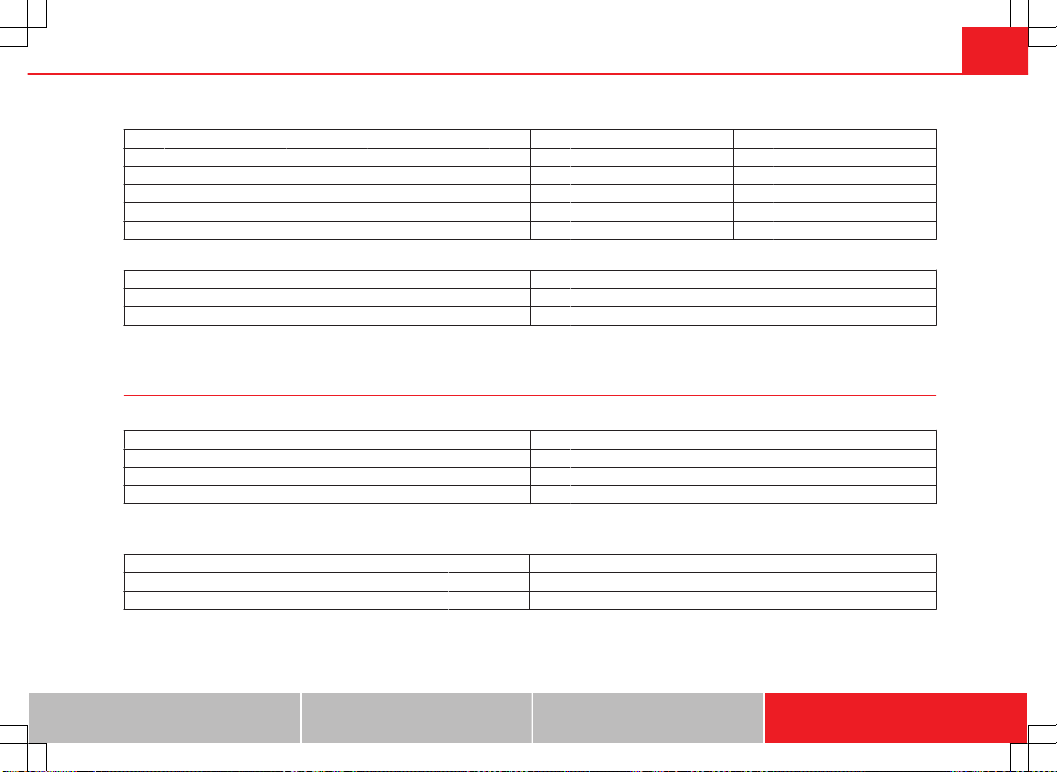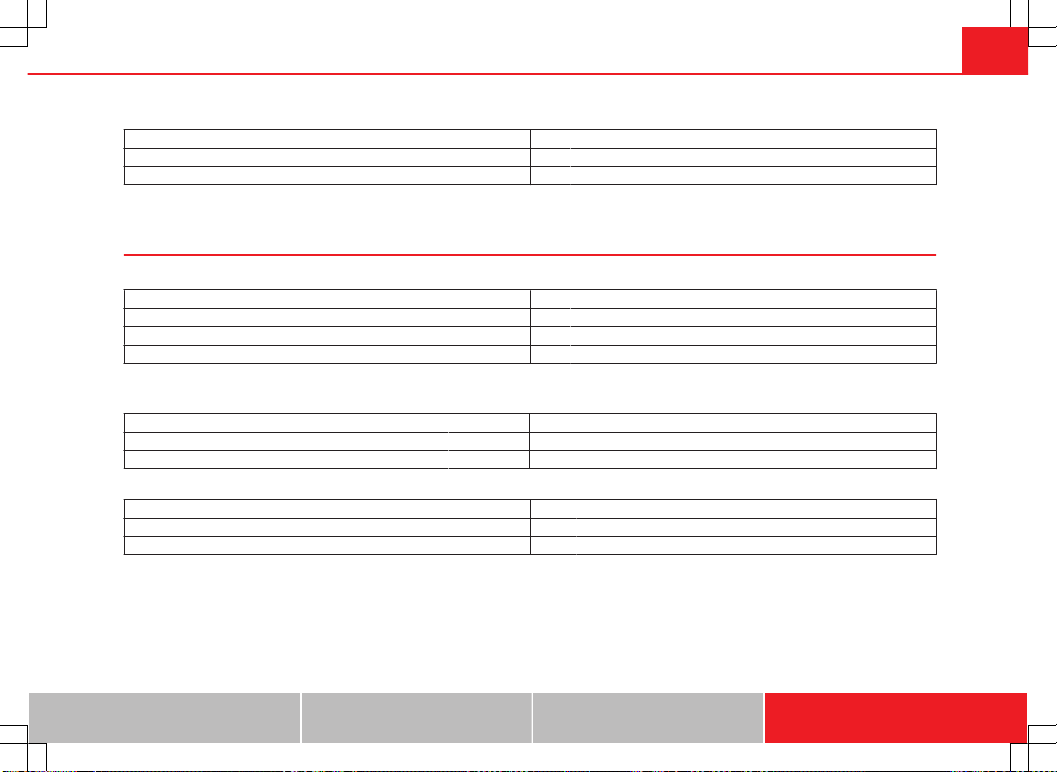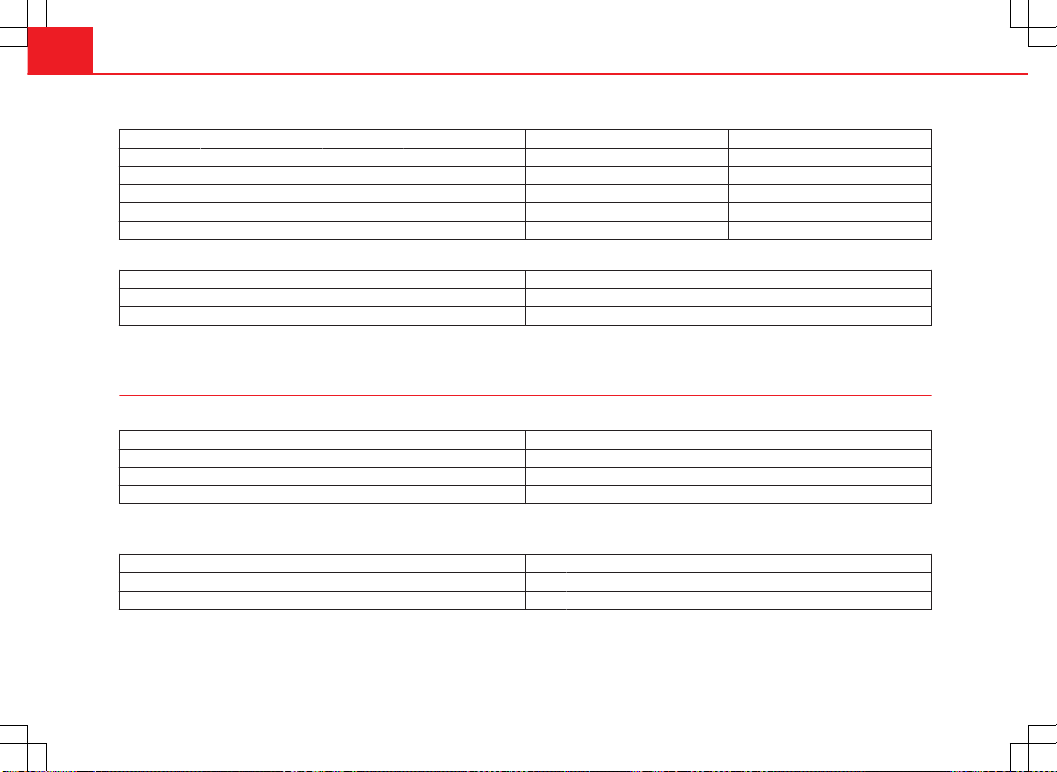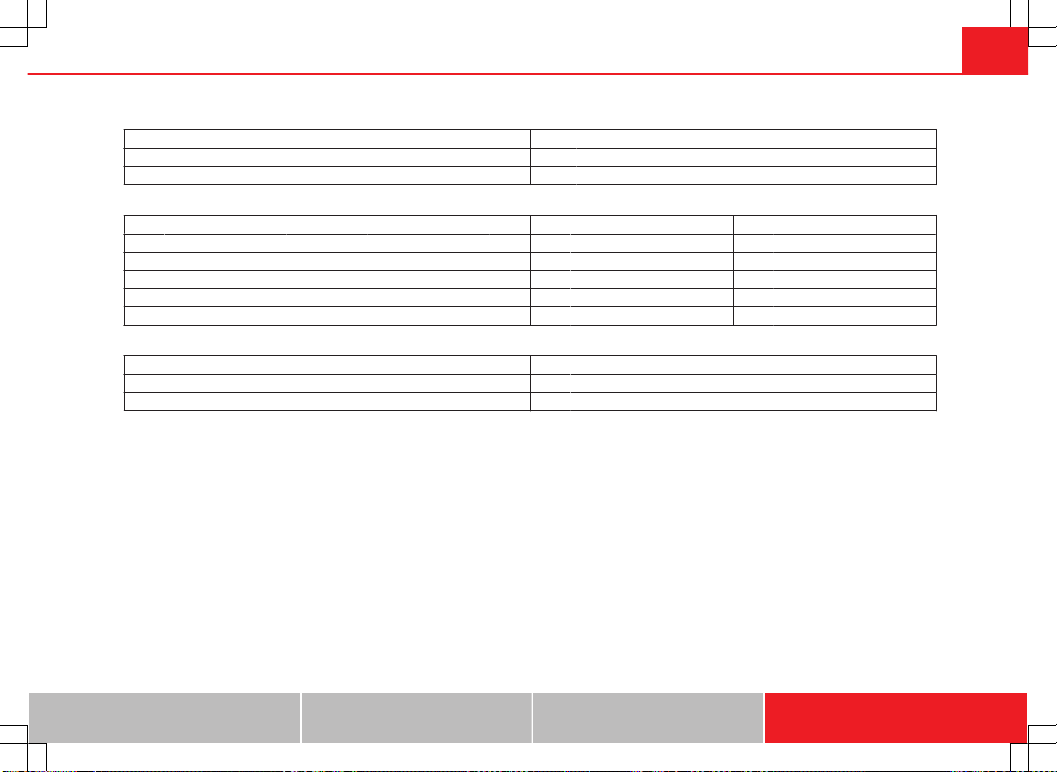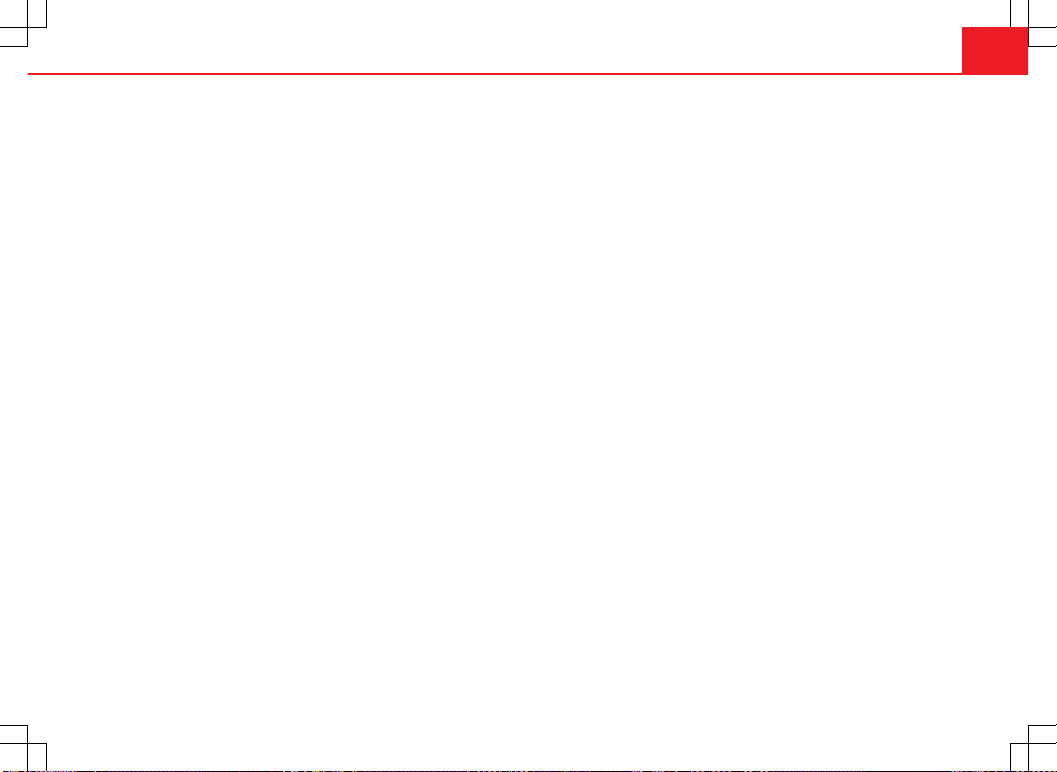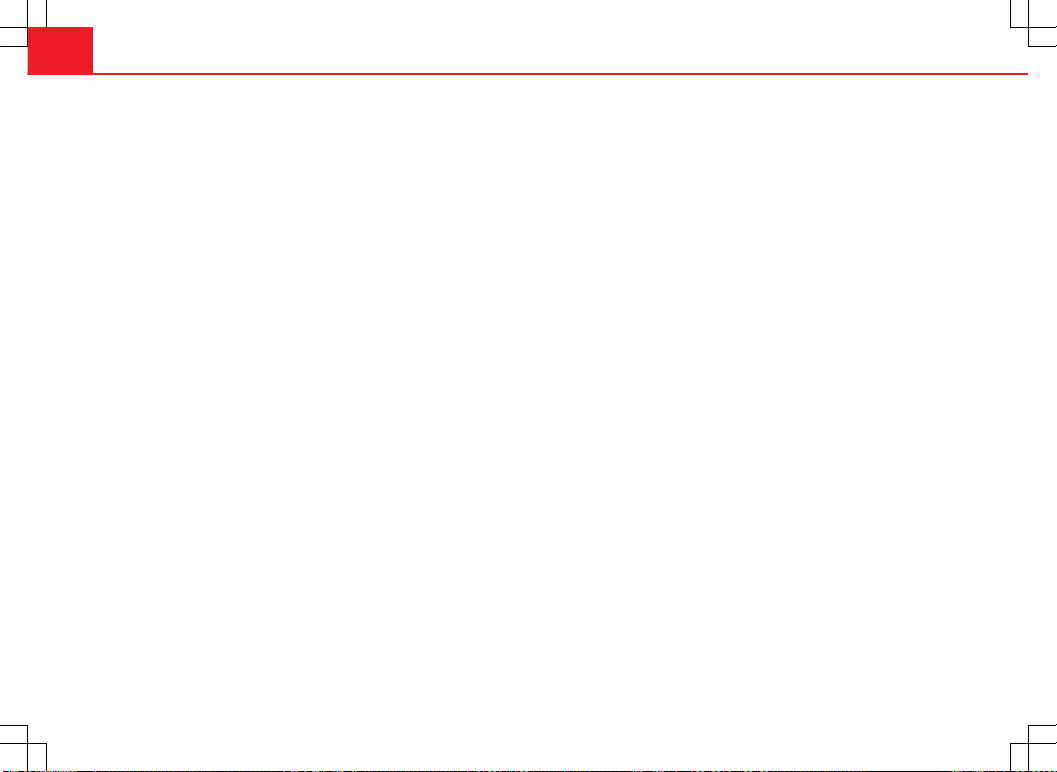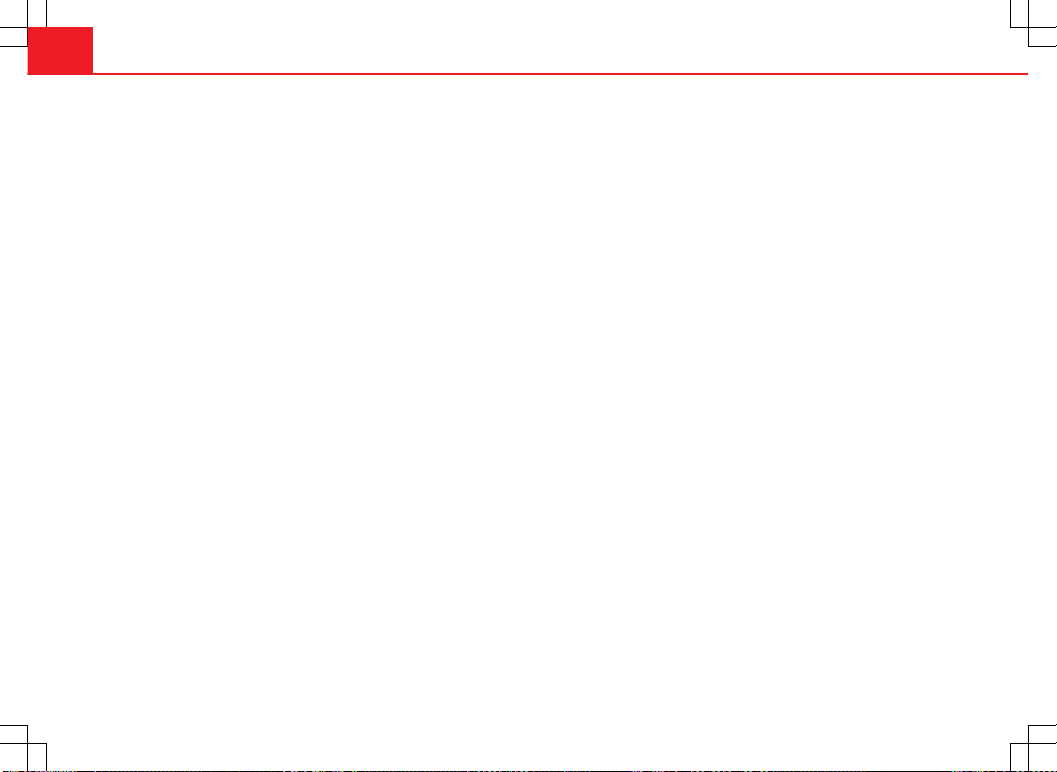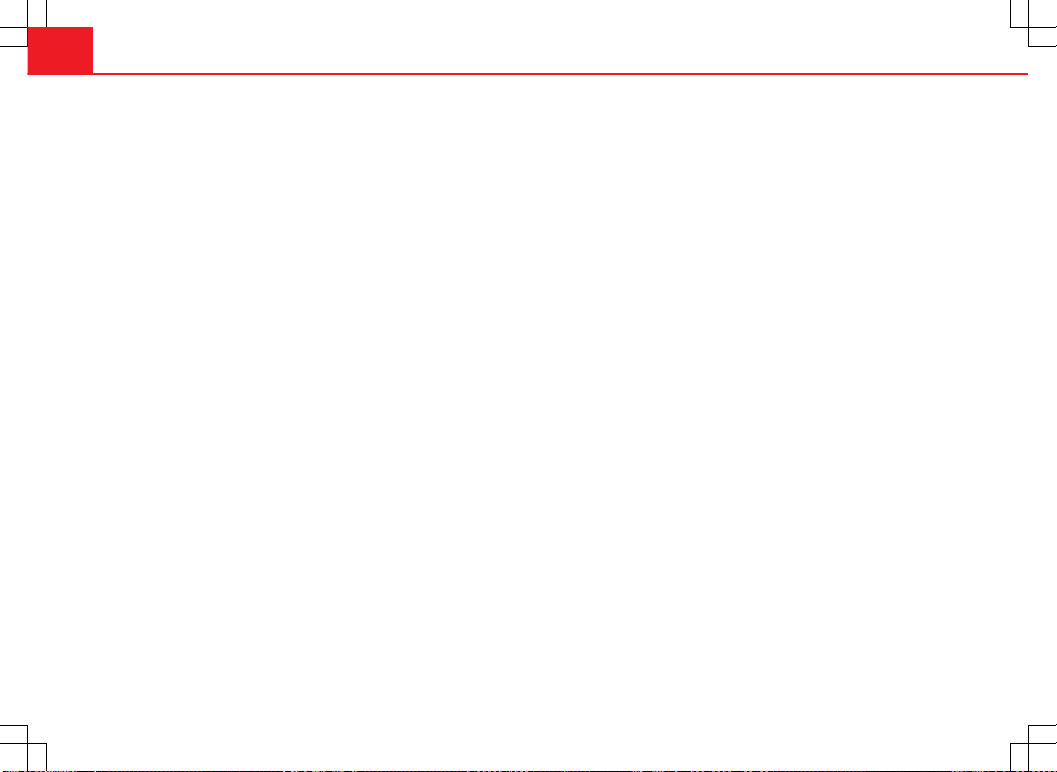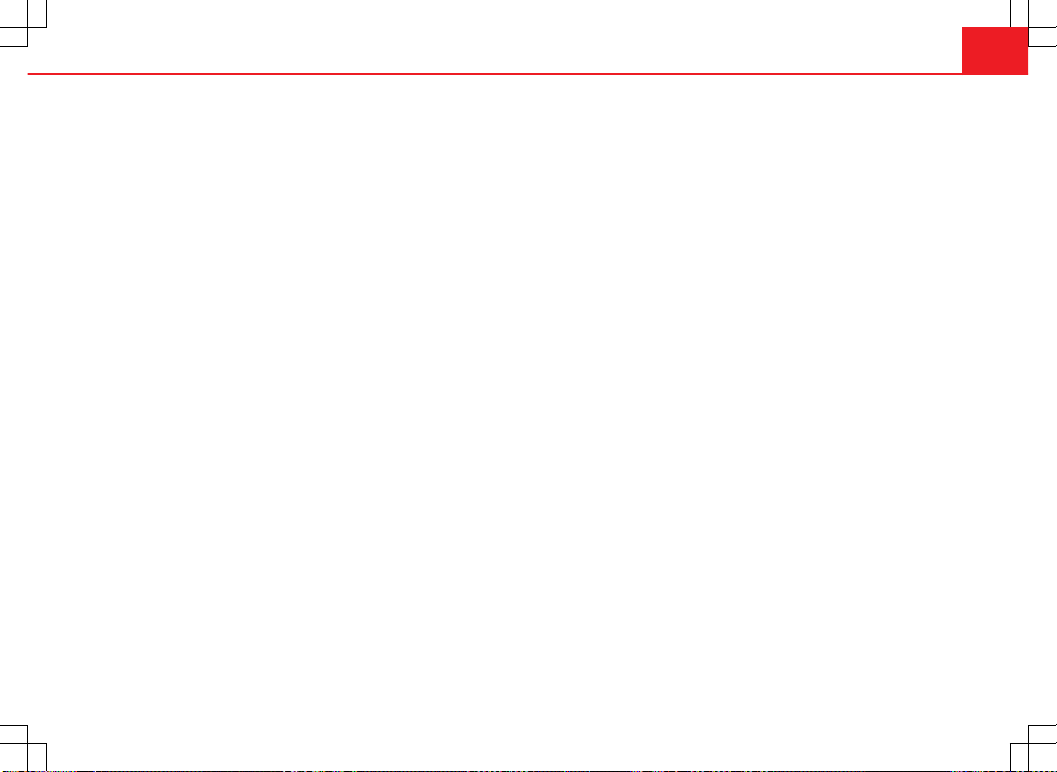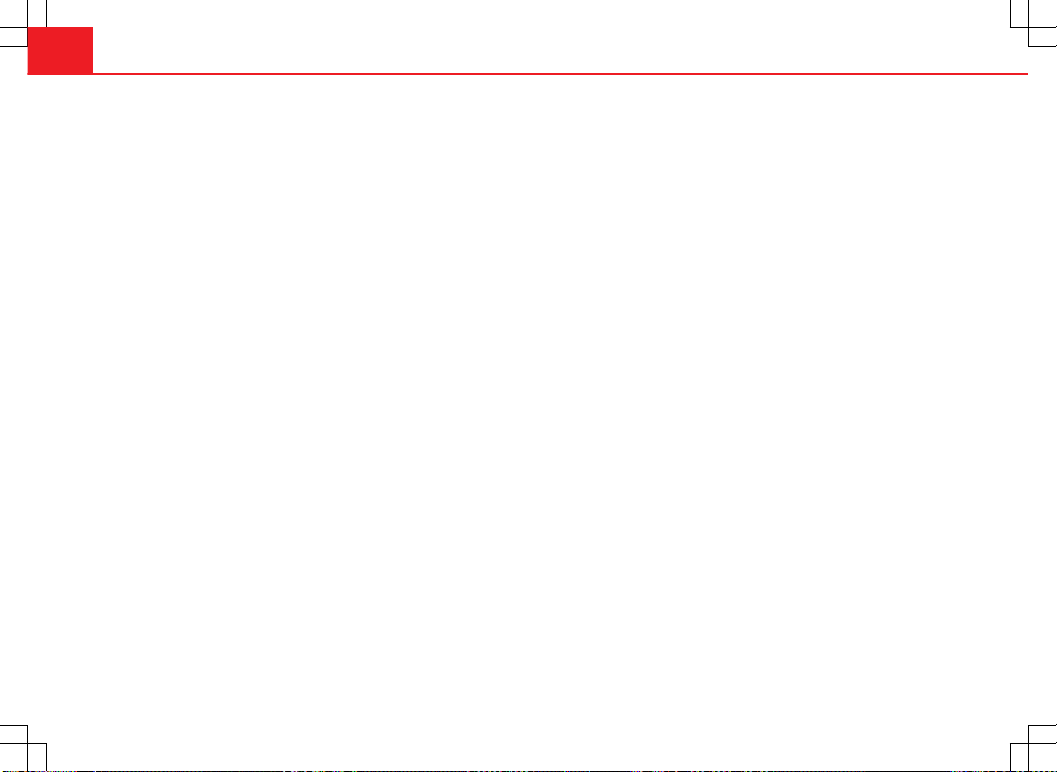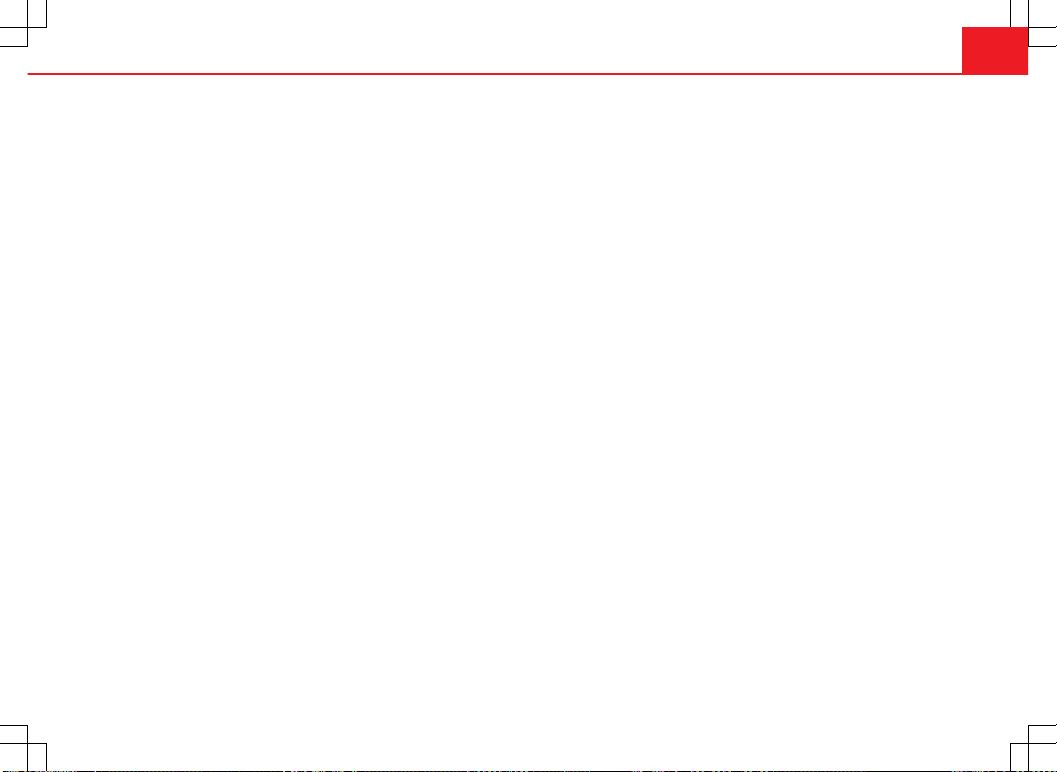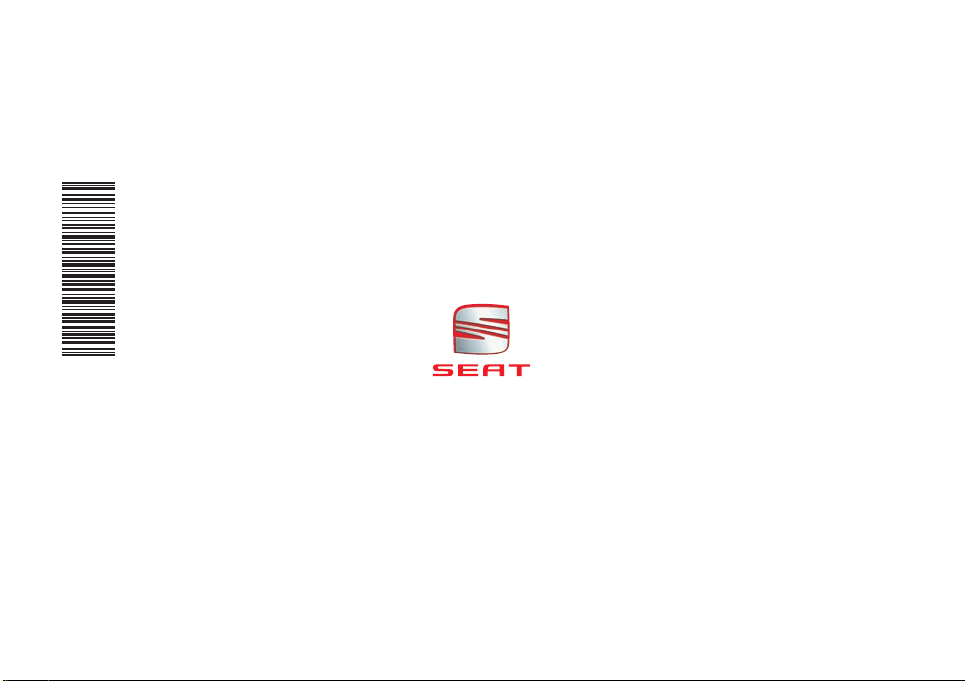Table of Contents
Manual structure . . . . . . . . . . . . . . . . . . . . 5
Content . . . . . . . . . . . . . . . . . . . . . . . . . . . . . . . . 6
Safety First . . . . . . . . . . . . . . . . . . . . . . . . . . . . 7
Safe driving . . . . . . . . . . . . . . . . . . . . . . . . . . . . . . . 7
Dear SEAT Driver . . . . . . . . . . . . . . . . . . . . . . . . . . 7
Tips for driving . . . . . . . . . . . . . . . . . . . . . . . . . . . 7
Adjusting the seat position . . . . . . . . . . . . . . . . . 10
Transporting objects . . . . . . . . . . . . . . . . . . . . . . . 13
Seat belts . . . . . . . . . . . . . . . . . . . . . . . . . . . . . . . . . 16
Brief introduction . . . . . . . . . . . . . . . . . . . . . . . . . 16
Why wear seat belts? . . . . . . . . . . . . . . . . . . . . . . 19
Seat belts . . . . . . . . . . . . . . . . . . . . . . . . . . . . . . . 21
Seat belt tensioners . . . . . . . . . . . . . . . . . . . . . . . 27
Airbag system . . . . . . . . . . . . . . . . . . . . . . . . . . . . . 29
Brief introduction . . . . . . . . . . . . . . . . . . . . . . . . . 29
Airbag system . . . . . . . . . . . . . . . . . . . . . . . . . . . . 32
Child safety . . . . . . . . . . . . . . . . . . . . . . . . . . . . . . . 40
Child seats (accessories) . . . . . . . . . . . . . . . . . . . 40
Integrated child seat . . . . . . . . . . . . . . . . . . . . . . . 46
Operating instructions . . . . . . . . . . . . . 53
Cockpit . . . . . . . . . . . . . . . . . . . . . . . . . . . . . . . . . . . 53
Overview . . . . . . . . . . . . . . . . . . . . . . . . . . . . . . . . 53
Instrument panel . . . . . . . . . . . . . . . . . . . . . . . . . . 54
Instruments . . . . . . . . . . . . . . . . . . . . . . . . . . . . . . 57
SEAT information system . . . . . . . . . . . . . . . . . . . 62
Opening and closing . . . . . . . . . . . . . . . . . . . . . . 71
Vehicle key set . . . . . . . . . . . . . . . . . . . . . . . . . . . 71
Central locking and locking system . . . . . . . . . . . 74
Doors . . . . . . . . . . . . . . . . . . . . . . . . . . . . . . . . . . . 80
Sliding doors . . . . . . . . . . . . . . . . . . . . . . . . . . . . . 80
Rear lid . . . . . . . . . . . . . . . . . . . . . . . . . . . . . . . . . . 83
Electric windows . . . . . . . . . . . . . . . . . . . . . . . . . . 88
Panoramic sliding sunroof* . . . . . . . . . . . . . . . . . 92
Lights and visibility . . . . . . . . . . . . . . . . . . . . . . . . 95
Lights . . . . . . . . . . . . . . . . . . . . . . . . . . . . . . . . . . . 95
Sun blind . . . . . . . . . . . . . . . . . . . . . . . . . . . . . . . . 103
Windscreen wiper and washer . . . . . . . . . . . . . . . 105
Rear vision mirror . . . . . . . . . . . . . . . . . . . . . . . . . 110
Seats and storage . . . . . . . . . . . . . . . . . . . . . . . . . 114
Seat adjustment . . . . . . . . . . . . . . . . . . . . . . . . . . 114
Seat functions . . . . . . . . . . . . . . . . . . . . . . . . . . . . 117
Head restraints . . . . . . . . . . . . . . . . . . . . . . . . . . . 123
Centre armrest . . . . . . . . . . . . . . . . . . . . . . . . . . . . 126
Loading luggage compartment . . . . . . . . . . . . . . 126
Roof carrier system* . . . . . . . . . . . . . . . . . . . . . . . 139
Storage compartments . . . . . . . . . . . . . . . . . . . . . 141
Drink holders . . . . . . . . . . . . . . . . . . . . . . . . . . . . . 149
Ashtray and cigarette lighter* . . . . . . . . . . . . . . . 151
Power sockets . . . . . . . . . . . . . . . . . . . . . . . . . . . . 152
Air conditioning . . . . . . . . . . . . . . . . . . . . . . . . . . . 156
Air conditioner . . . . . . . . . . . . . . . . . . . . . . . . . . . . 156
Auxiliary heater* (additional heater) . . . . . . . . . . 164
Driving . . . . . . . . . . . . . . . . . . . . . . . . . . . . . . . . . . . . 168
Steering . . . . . . . . . . . . . . . . . . . . . . . . . . . . . . . . . 168
Stopping and starting the engine . . . . . . . . . . . . 171
Changing gear . . . . . . . . . . . . . . . . . . . . . . . . . . . . 175
Braking, stopping and parking . . . . . . . . . . . . . . 184
Start assist systems . . . . . . . . . . . . . . . . . . . . . . . 195
Parking sensor system* . . . . . . . . . . . . . . . . . . . . 199
Park Assist system* . . . . . . . . . . . . . . . . . . . . . . . 203
Rear Assist system* . . . . . . . . . . . . . . . . . . . . . . . 208
Cruise control system* . . . . . . . . . . . . . . . . . . . . . 213
Lane Assist system* . . . . . . . . . . . . . . . . . . . . . . . 216
Sign Assist* . . . . . . . . . . . . . . . . . . . . . . . . . . . . . . 219
Tiredness detection (recommendation to take a
break) . . . . . . . . . . . . . . . . . . . . . . . . . . . . . . . . . . . 222
Tyre monitoring systems . . . . . . . . . . . . . . . . . . . . 224
Practical tips . . . . . . . . . . . . . . . . . . . . . . . . . . 228
Driving and the environment . . . . . . . . . . . . . . . 228
Running-in . . . . . . . . . . . . . . . . . . . . . . . . . . . . . . . 228
Ecological driving . . . . . . . . . . . . . . . . . . . . . . . . . 228
Engine management and exhaust gas
purification system . . . . . . . . . . . . . . . . . . . . . . . . 231
Trailer towing . . . . . . . . . . . . . . . . . . . . . . . . . . . . . . 234
Introduction . . . . . . . . . . . . . . . . . . . . . . . . . . . . . . 234
Driving with a trailer . . . . . . . . . . . . . . . . . . . . . . . 236
Vehicle maintenance and cleaning . . . . . . . . . 245
Care and cleaning the vehicle exterior . . . . . . . . 245
Caring for and cleaning the vehicle interior . . . . 252
Notes for the user . . . . . . . . . . . . . . . . . . . . . . . . . 258
Accessories, replacement of parts and
modifications . . . . . . . . . . . . . . . . . . . . . . . . . . . . . 260
Accessories, replacement of parts and
modifications . . . . . . . . . . . . . . . . . . . . . . . . . . . . 260
Checking and refilling levels . . . . . . . . . . . . . . . 267
Filling the tank . . . . . . . . . . . . . . . . . . . . . . . . . . . . 267
Fuel . . . . . . . . . . . . . . . . . . . . . . . . . . . . . . . . . . . . 270
Selective Catalytic Reduction* (AdBlue) . . . . . . . 274
Working in the engine compartment . . . . . . . . . . 278
Engine oil . . . . . . . . . . . . . . . . . . . . . . . . . . . . . . . . 282
3Table of Contents








































































































































































































































































































































































